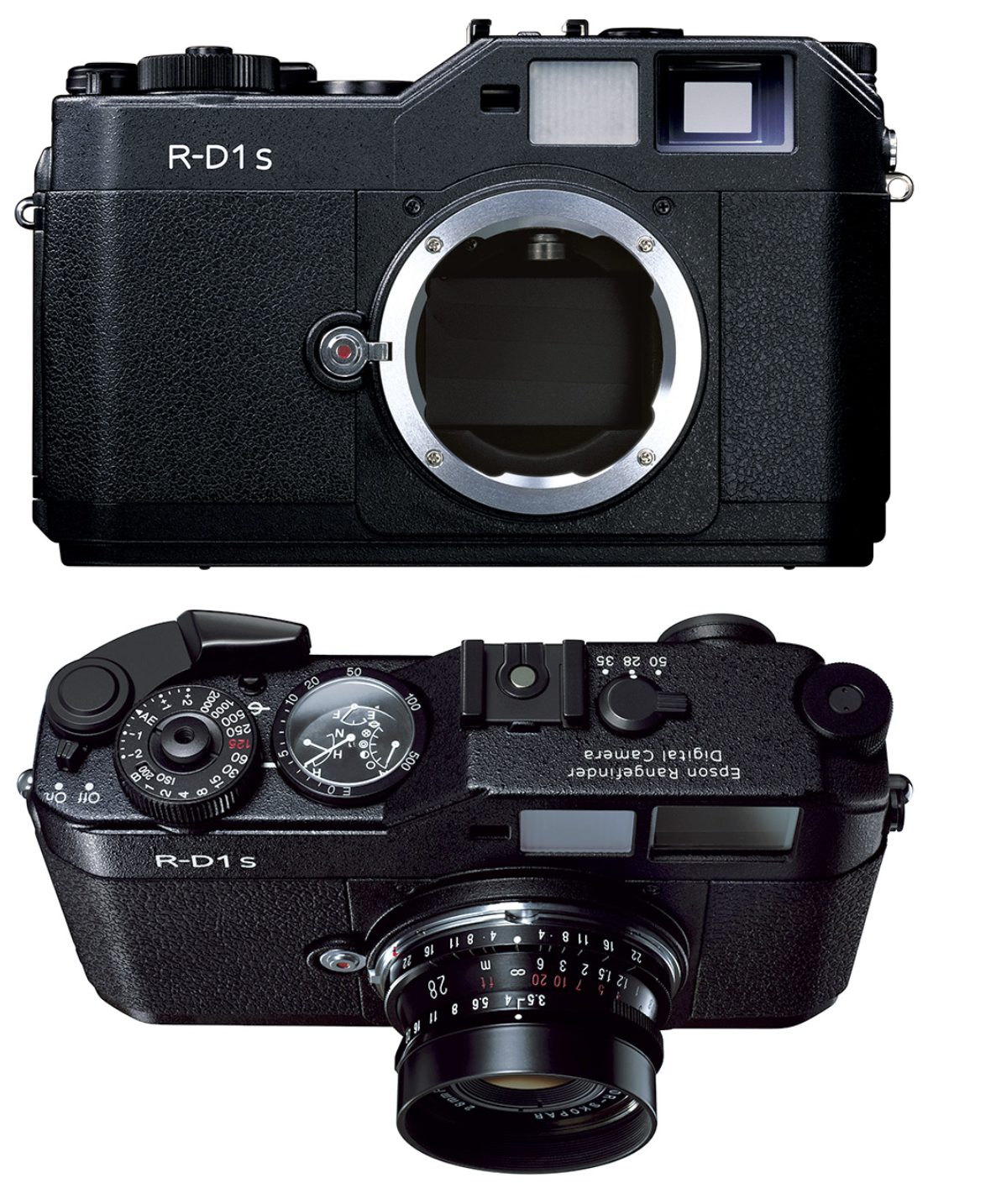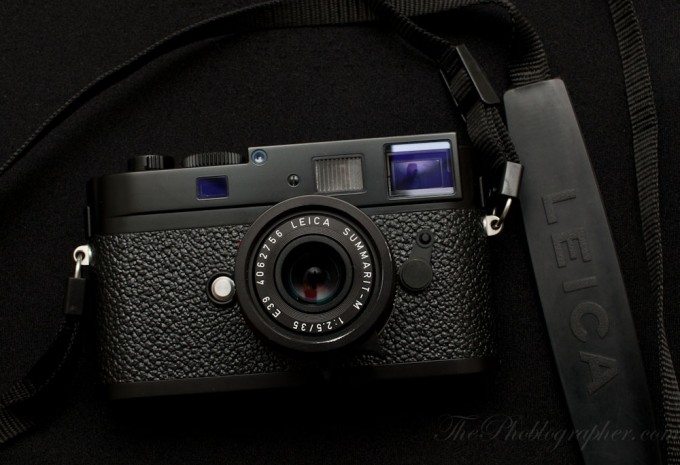Years ago, Epson made a camera that is only dreamed of by many photographers today. Indeed, the Epson RD1s was ahead of its time, but also behind the times in some ways. Today, it would be looked at as classically cool. But back then, people laughed at it. In fact, a lot of photographers and even camera salesmen didn’t know what it was.
You can view this article and much more with minimal banner ads in our brand new app for iOS, iPadOS, and Android. And for $24.99/year, you can have a banner ad-free experience.
Leica Rumors posted about an Epson RD1s successor that was never released. Lots of folks never even know that Epson made a camera. I remember very vividly in my early 20s when I walked into FotoCare and talked to a rep about an Epson rangefinder. Him and a bunch of the others laughed at me and said that Epson never made one. But then one of the servicemen Googled it and found out I was right. If this story tells you anything, it’s that Epson probably didn’t stand a chance.
In 2009, the Leica M9 came to market and completely shook things up. A few years later, the Leica M9P was a darling of many photographers. And even today, the Leica M9 is revered; Leica even approved a sponsored blog post where we recommended lenses for it. Just imagine; more than 10 years later and the first full-frame digital rangefinder is still loved and cherished. How exactly could Epson beat that?
Now let’s add even more to this. The Epson RD1s cost around $3,000 according to Imaging Resource. The Leica M9, also according to Imaging Resource, cost around $7,000 when it came out. But still, the Leica survived and the Epson died. Epson’s camera had a bunch of problems too that were reported over the years. But even that’s not the biggest reason why I think Epson would’ve failed.
Let’s talk about the elephant in the room, or rather, the mouse! Smaller sensors have long been belittled by photographers. I mean, even hobbyists tout their full-frame cameras like they’re preaching the only true Gospel. Of course, a lot of us know better. But the sense of superiority that full-frame camera marketing has is surely a factor. However, that’s not the only reason for Epson’s rangefinder tanking.
The Epson RD1S successor would’ve also tanked because the photo industry majorly changed back then. Epson was trying to enter a niche market as the lone Grouper swimming in a tank with a Great White Shark. But the rest of the ocean consisted a bunch of other solid entries. The Sony a900 was offering a ton of megapixels for a camera back then and support for Minolta camera users. The Nikon D700 was perhaps the best autofocusing DSLR of that time, and it came in a smaller form factor with a full-frame sensor. And the Canon 5D Mk II changed the entire camera industry.
On top of that, mirrorless cameras were started to get hyped a bit as prototypes were rumored to begin appearing.
So in the end, Epson was competing for a share of the smallest camera market that was incredibly niche. Every photographer demanded autofocus and clinically perfect image quality back then. Things have surely shifted since then. Could Epson make a comeback today? I think Zeiss or Voigtlander might be able to, but Epson – I’m not sure.



